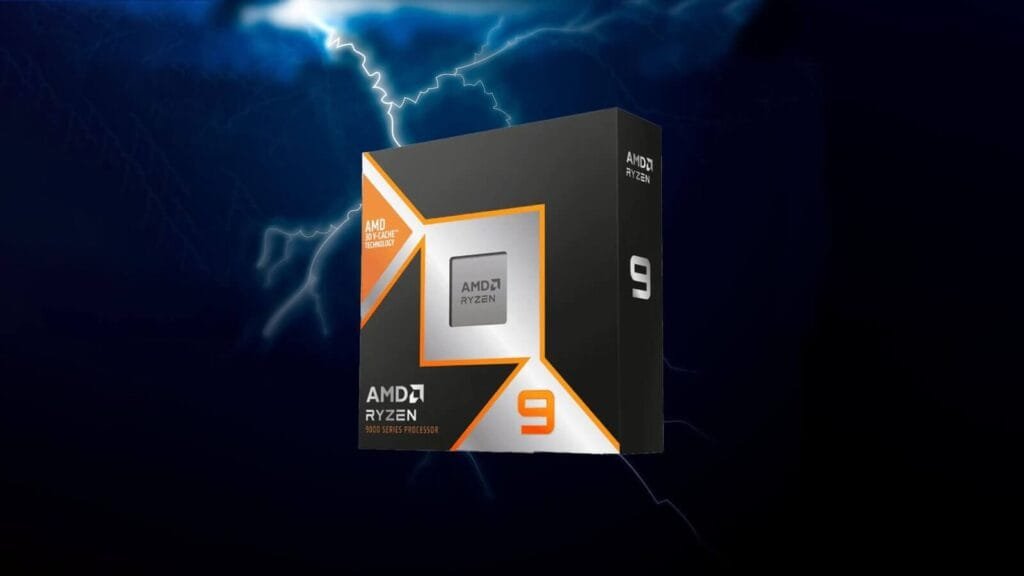NVIDIA and Nokia have unveiled a groundbreaking strategic partnership aimed at revolutionizing mobile networks through artificial intelligence. The collaboration includes a staggering $1 billion investment from NVIDIA into Nokia, positioning the duo at the forefront of AI-native infrastructure for the transition from 5G to 6G. This initiative, dubbed the AI-RAN platform, promises to unify AI processing and radio access workloads on a software-defined, accelerated computing foundation, dramatically enhancing network performance, efficiency, and adaptability to meet the explosive demands of generative AI and edge computing.
This partnership is NVIDIA’s introduction of the Aerial RAN Computer Pro (ARC-Pro), a cutting-edge, 6G-ready platform that seamlessly integrates connectivity, computing, and sensing capabilities. Designed as a reference blueprint for manufacturers, the ARC-Pro leverages NVIDIA’s CUDA platform to enable rapid software upgrades, allowing networks to evolve from 5G-Advanced to full 6G without hardware overhauls. Nokia, in turn, will integrate these technologies into its expansive RAN portfolio, including enhancements to its AirScale baseband and anyRAN approach, which supports both cloud-based and purpose-built deployments. This fusion not only addresses the projected $200 billion AI-RAN market by 2030 but also unlocks new revenue streams through distributed edge AI inferencing, turning underutilized radio assets into intelligent processing hubs.

The alliance extends beyond the two tech giants, drawing in key U.S. telecom players to ensure a robust, homegrown ecosystem. T-Mobile U.S. has signed on as the first collaborator, planning field trials of AI-RAN technologies starting in 2026 to validate performance gains and energy efficiencies. Dell Technologies will supply its PowerEdge servers to power the scalable infrastructure, enabling seamless, no-touch upgrades. Together, these partners are crafting America’s inaugural AI-native wireless stack, complete with advanced hardware, software, and architectural integrations tailored for national security and economic vitality. As NVIDIA founder and CEO Jensen Huang emphasized, “Telecommunications is a critical national infrastructure—the digital nervous system of our economy and security. Built on NVIDIA CUDA and AI, AI-RAN will revolutionize telecommunications—a generational platform shift that empowers the United States to regain global leadership in this vital infrastructure technology.”
Nokia’s President and CEO, Justin Hotard, echoed this vision, stating, “The next leap in telecom isn’t just from 5G to 6G—it’s a fundamental redesign of the network to deliver AI-powered connectivity, capable of processing intelligence from the data center all the way to the edge. Our partnership with NVIDIA, and their investment in Nokia, will accelerate AI-RAN innovation to put an AI data center into everyone’s pocket.” T-Mobile’s President of Technology and CTO, John Saw, highlighted the practical implications: “Beginning in 2026, T-Mobile will conduct field evaluations and testing of advanced AI-RAN technologies to ensure they meet the evolving needs of our customers as we move toward 6G.” Dell’s Chairman and CEO, Michael Dell, added a forward-looking perspective: “The operators who modernize their infrastructure today won’t just carry AI traffic—they’ll be the distributed AI grid factories that process it at the source, where latency matters and data sovereignty is critical.”
NVIDIA and Nokia are not only future-proofing networks for billions of new connections but also safeguarding U.S. leadership against global competitors. As deployments ramp up, particularly in T-Mobile’s network, this collaboration signals a new era where AI doesn’t just traverse telecom pipes—it redefines them, ensuring America’s telecommunications infrastructure remains the world’s most intelligent and secure.





